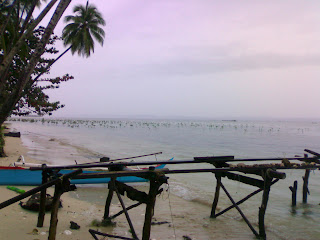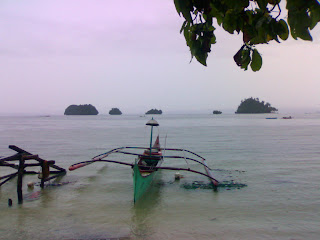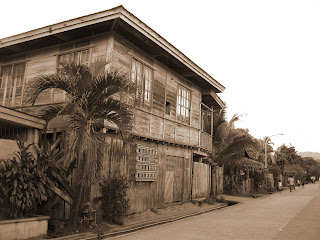 I did not know much about Halloween until I was about 10 years of age. When I was an elementary school student in the 1970's, All Hallows' Even (as it was originally known in Europe) was still a distinctly American event, something seen more on foreign T.V. programs and the Hollywood movies of that day rather than a real, honest to goodness festivity actually taking place all over the country.
I did not know much about Halloween until I was about 10 years of age. When I was an elementary school student in the 1970's, All Hallows' Even (as it was originally known in Europe) was still a distinctly American event, something seen more on foreign T.V. programs and the Hollywood movies of that day rather than a real, honest to goodness festivity actually taking place all over the country.Trick or treating, the practice of donning Halloween costumes, and the imagery and symbolism of the macabre, dark magic and mythical monsters that are all part of the Halloween experience were not yet a part of the cultural milieu then and even today I am bemused, if not a bit surprised, at the speed and openness with which we Filipinos, as a people, have accepted, assimilated and even capitalized on this piece of largely American pop culture.
In the Lianga of my childhood, both the young and the old did not need the Halloween myth to enliven the celebration of All Soul's Day and the festivities for the dead. The area's rich, rural and provincial culture abounded in stories and legends dealing with death and the supernatural. In fact, the blending of many old, animistic, pagan beliefs with traditional Roman Catholicism provided a rich fount of myth and folklore that conjured up worlds, including our own, peopled by spirits, monsters, dwarfs, enchanted beings and other otherworldly creatures far more scarier and believable than the classical and often "cartoonish" witches, ghosts, goblins and Frankenstein's monsters of the Halloween myth.







